On Thursday evening, I went to a mummy exhibit at the local science museum. There were Egyptian mummified cats, birds and fish, and people of many different ages, in various stages of wholeness. In one small glass box sat a Peruvian baby body, with perfect little toes, that is 6,500 years old. In another box, the delicately woven linen wrappings were removed from half of the head of an Egyptian man, revealing dark grey skin, dried taught over a delicate zygomatic arch and under dark golden crescents of hair.
I often think about how we view sentient humans versus human specimens, and how easily objectified the latter can be. The more dissected, the more abstract a body becomes, and the more comfortable it may be to approach or confront. One might feel more at ease holding a human bone than placing a hand on an intact dead body, but these things are the same. I wonder if there is a word for this sort of abstraction relative to (previously) living beings; I tend to look away from a whole fish at the grocery store -- one with eyes like marbles and a lazily open mouth -- but feel less perturbed upon seeing the grilled rectangular shape on a dinner plate.
Below is a quick sketch that I made while in a cadaver lab last year. Like the mummies, these bodies (about ten in all) were in different states of wholeness -- of beingness -- which I believe lead me to see these things differently. I insist on remaining aware that each had a life: relationships with others, a range of likes and dislikes, a certain temperament. These ribs may have lived in the chest of a woman who loved the ocean and had three sisters. That heart in a glass case may be yours, one day.

